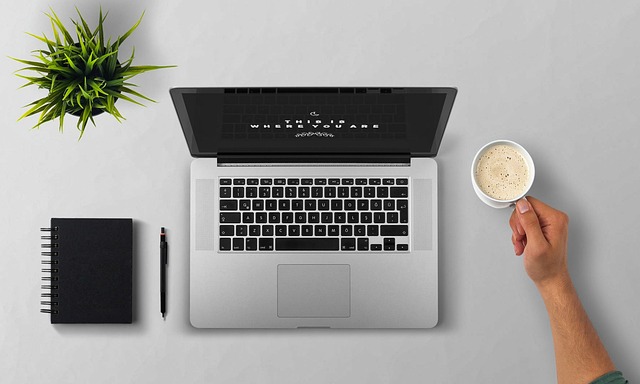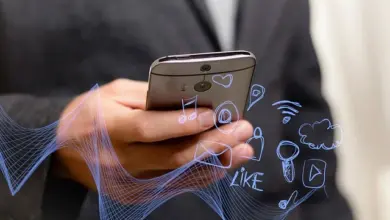
Hot weather can pose significant challenges to the performance and longevity of your electronic devices. From smartphones to laptops, tablets to gaming consoles, high temperatures can lead to overheating, which may damage internal components, reduce battery life, or even cause permanent malfunction. In this article, we’ll explore detailed strategies to help keep your devices cool during the sweltering heat, ensuring they remain functional and efficient. We will cover a range of preventative measures, tips, and tricks to maintain optimal device temperature.
Understanding the Impact of Heat on Devices
Before diving into specific methods to keep devices cool, it’s essential to understand how heat affects electronics. Most modern devices generate heat as they operate, particularly when performing resource-intensive tasks like gaming, streaming, or using heavy applications. In normal conditions, built-in cooling mechanisms like fans, heat sinks, and thermal throttling help regulate temperature. However, during extreme heat, these systems can become overwhelmed.
When your device overheats, several things can happen:
- Decreased Performance: Devices may slow down as they throttle performance to manage the heat.
- Battery Degradation: Heat accelerates battery wear, reducing its overall lifespan.
- Component Damage: Prolonged exposure to high temperatures can lead to the deterioration of sensitive internal components.
- Crashes and Shutdowns: Devices may automatically shut down to prevent damage when they reach critical temperatures.
To avoid these issues, it’s crucial to adopt measures that help keep your devices at safe operating temperatures. Below are practical strategies to achieve this.
1. Keep Devices Out of Direct Sunlight
One of the simplest ways to protect your devices from overheating is to avoid leaving them in direct sunlight. Sunlight significantly increases the surface temperature of devices, exacerbating heat-related issues. If you’re outdoors or near windows, ensure your electronics are shaded or kept in cooler environments.
Solution: Use a phone stand with an adjustable shade or carry a small umbrella to shield your device when working outdoors. When inside, position devices away from sunny windows and use curtains or blinds to block sunlight.
2. Use Airflow and Ventilation
Proper airflow is critical for keeping electronic devices cool. Many devices rely on vents or fan systems to dissipate heat, and obstructing these can lead to overheating. To enhance cooling, always ensure that vents are clear of dust and debris, and avoid placing devices on soft surfaces like beds, couches, or pillows, which can block airflow.
Solution: Place your device on a flat, hard surface when using it for extended periods. Consider using cooling pads for laptops, which provide additional fans to boost ventilation. These pads are especially helpful during gaming or graphic-intensive tasks.
3. Avoid Overloading Devices
Running multiple high-demand applications or processes simultaneously puts extra strain on your device’s CPU and GPU, generating additional heat. Overloading a device can lead to rapid temperature spikes and long-term performance issues.
Solution: Close any unnecessary apps, tabs, or background processes to reduce the workload on your device. If you’re using a smartphone or tablet, limit multitasking by focusing on one app at a time. On a computer, use task manager to identify and close resource-heavy programs that aren’t essential.
4. Utilize Cooling Accessories
If you live in an area with consistently high temperatures, you might consider investing in cooling accessories. These can help maintain lower temperatures for laptops, desktops, and even smartphones.
Popular Cooling Accessories:
- Laptop Cooling Pads: These accessories come with built-in fans that help circulate air under your laptop, keeping it cooler during use.
- USB Fans: Small, portable fans that plug into USB ports to provide direct airflow for various devices.
- Phone Cooling Fans: Clip-on fans designed specifically for smartphones, typically used by gamers to reduce overheating during intensive play.
- Thermal Paste: For desktop users, applying high-quality thermal paste to the CPU can improve heat transfer between the processor and its cooling system.
5. Keep Devices in Air-Conditioned Environments
Air conditioning (AC) is one of the most effective ways to maintain a cool temperature for your devices. If possible, use your electronics in air-conditioned rooms, especially during peak heat hours. Not only does AC help cool down the room, but it also reduces ambient humidity, which can contribute to heat buildup in electronic devices.
Solution: When working from home or using your device for long stretches, ensure the room is adequately cooled. If air conditioning isn’t available, consider using a portable fan directed at your device to help with heat dissipation.
6. Limit Charging in Hot Conditions
Charging generates heat, and in hot weather, this can further increase the temperature of your device. When combined with already high external temperatures, charging can push your device toward dangerous levels of heat, leading to potential damage to the battery.
Solution: Avoid charging your devices in direct sunlight or hot environments. If possible, charge your device in cooler conditions, such as during the early morning or late evening. It’s also a good practice to remove cases when charging, as these can trap heat and prevent efficient cooling.
7. Use Energy-Efficient Settings
Most devices have energy-saving features that can help reduce power consumption and lower heat output. Activating these settings during hot weather can minimize the load on your device and help maintain a cooler operating temperature.
Solution: On smartphones, enable power-saving or battery-saving modes, which limit background processes and lower the screen brightness. On laptops and desktops, use the “balanced” or “power saver” mode to reduce CPU and GPU usage. Additionally, reduce the brightness of your display to cut down on energy consumption.
8. Clean Devices Regularly
Dust and debris can accumulate inside devices, obstructing ventilation and trapping heat. Regular cleaning helps ensure proper airflow, keeping the internal components cool and extending the lifespan of your electronics.
Solution: Use compressed air to blow dust out of vents, fans, and crevices. For laptops and desktop computers, carefully open the case and clean the internal fans and components. Cleaning your device regularly is especially important in dusty environments or if you use your device outdoors frequently.
9. Monitor Device Temperature
Many modern devices allow users to monitor temperature through built-in tools or third-party apps. Keeping an eye on your device’s temperature can help you take proactive measures before it reaches a critical point.
Solution: For smartphones and tablets, use apps like CPU-Z or AIDA64 to monitor internal temperature. On laptops and desktops, utilities like HWMonitor or Core Temp provide real-time data on CPU and GPU temperatures. If your device regularly runs hot, consider adjusting usage patterns, closing apps, or turning off the device to cool down.
10. Keep Software Up-to-Date
Manufacturers often release software updates that improve device performance and optimize energy use, which can help reduce overheating. Keeping your operating system, firmware, and apps up-to-date ensures your device is running as efficiently as possible.
Solution: Regularly check for software updates and install them promptly. This not only boosts performance but also helps maintain lower device temperatures by fixing bugs or improving system efficiency.




